|
Trying to navigate around the former Netherne Lunatic Asylum is quite difficult. The new roads twist,
turn and abruptly end leaving the bemused, and increasingly frustrated, car driver to the whim of illogical
road planning. However it allowed us to visit Admin (now restored as flats for sale, superb
foundation stone), the Water Tower (clad with scaffolding and a bit of a white elephant) and
The Chapel (now a swimming pool).
|
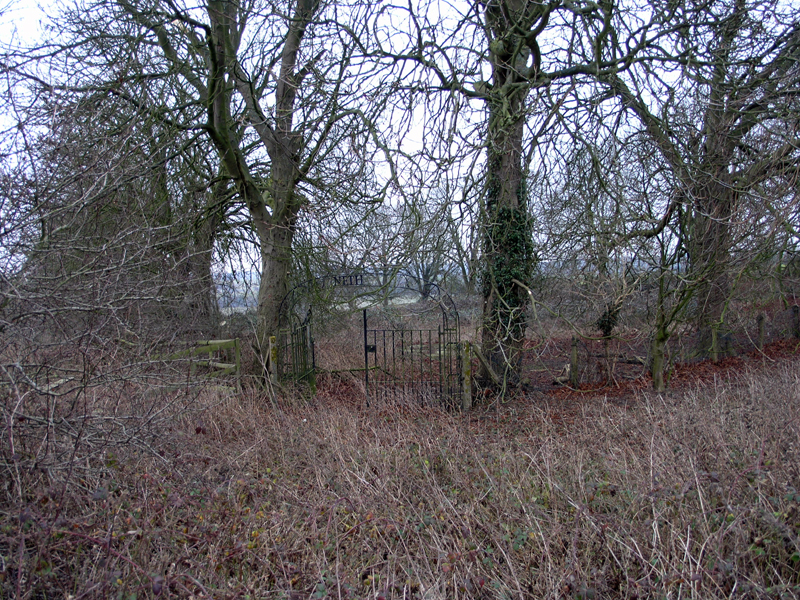
|
Testament to the bizarre road layout, whilst attempting to go north, we ended up at
the eastern point of the site, and admired the Main Hall. The doors were open. Why not?
The site supervisor was inside and allowed us to look around, but forbade any photographs.
The hall was one the best Iíd seen with its intricate stained glass, exposed wooden ceiling and
large stage. G T Hine was obviously allowed a little more money than usual for
the building of Netherne; the asylumís opening date was even immortalised
in stained glass at the back of the hall: 1907.
Unfortunately the site supervisor hadnít heard of the cemetery.
|
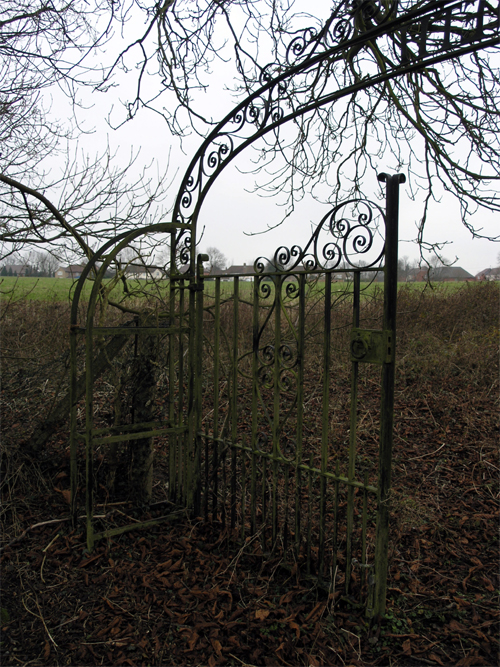
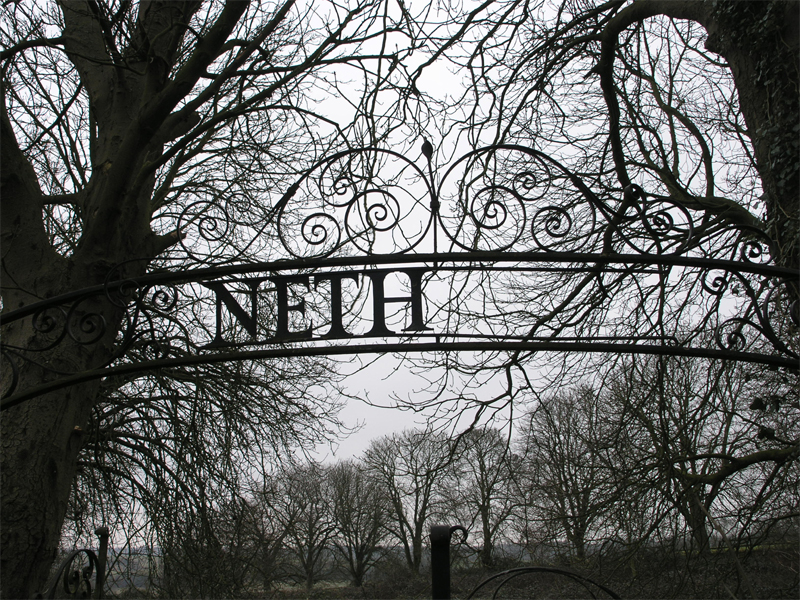
|
After reversing down "Hine Road" we called into Gleesonís site office. The
cemetery was now second from our minds, as some directions off this confounding road network
would be nice. They couldnít be more helpful. Not only were we furnished with directions,
we were shown pictures of the hospitalís construction, the laying out the foundation stone
(one of the gentlemen in the picture being Hine) and we talked asylums. They
told stories of previous jobs at Warlingham and Long Grove
(the later being rather spooky and workmen disliked working in many parts of the old buildings).
Theyíd never heard of the cemetery but were able to direct us out of the housing estate.
|
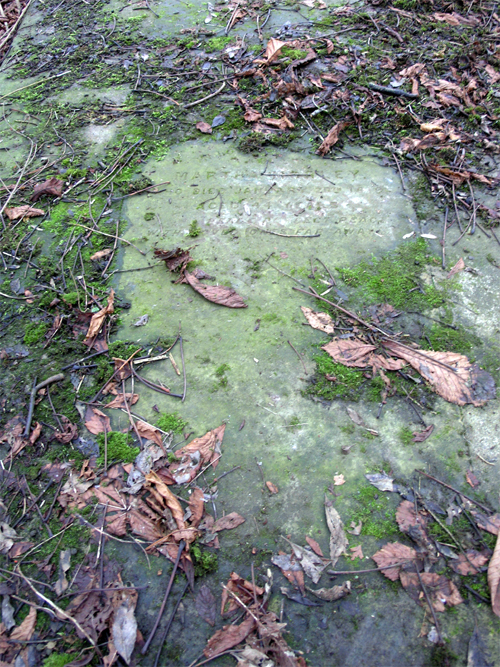
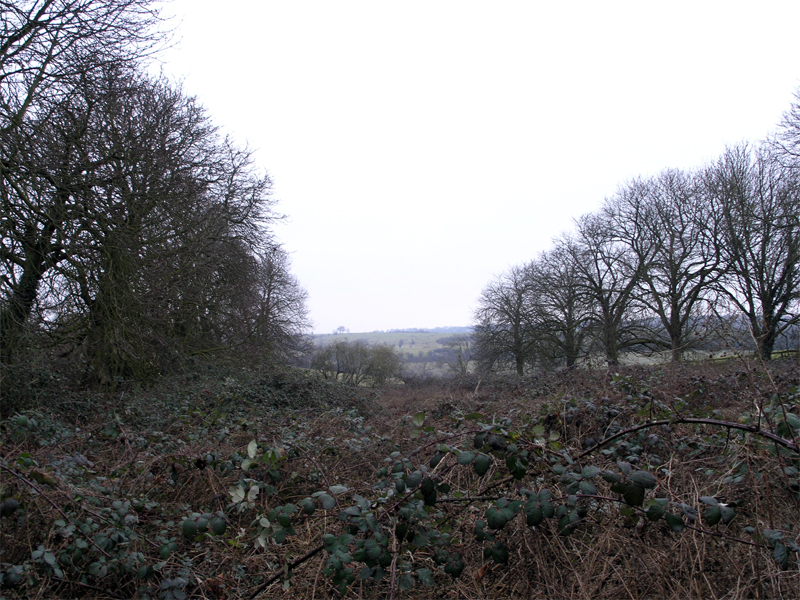
|
We finally found the original road to the north of the site and quickly located the
graveyard. The broken sign lead into a forgotten bramble choked field surrounded by
tall unkempt trees. A collection of gravestones were laid in a concrete slab by the entrance.
To all intents and purposes, the graveyard at Netherne was truly
forgotten. And despite the loss of its parent asylum, the gradual transmutation of
Netherne Asylum into Netherne On The Hill, the cemetery would endure.
© Simon Cornwell 2005
|
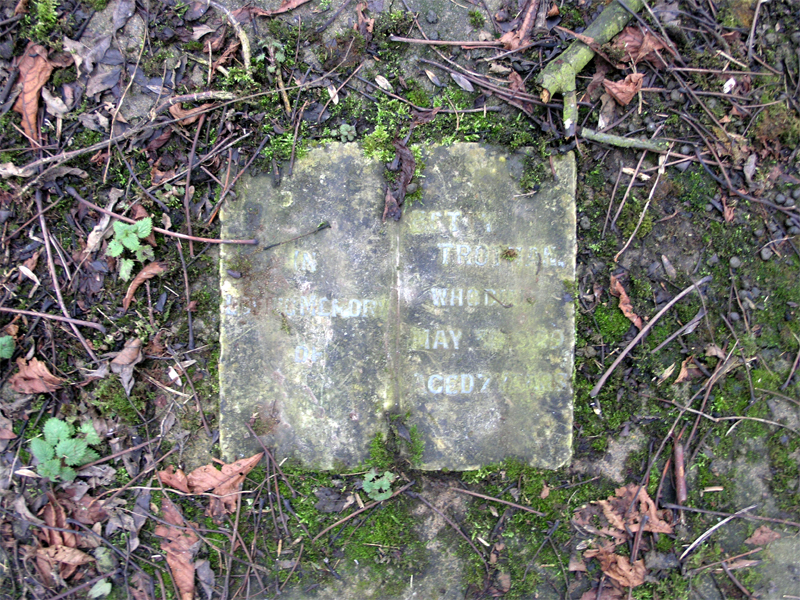
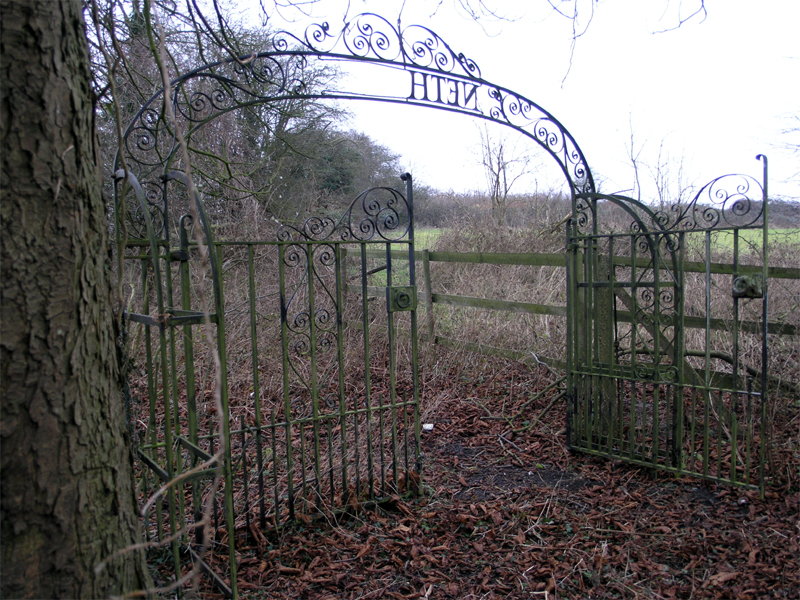
|
Postscript 2011
Adrian Falks has been campaigning about the "forgotten" graveyards of
both Cane Hill and Netherne. As shell-shocked soldiers from
World War I were buried there, then both sites should've been considered War Graves.
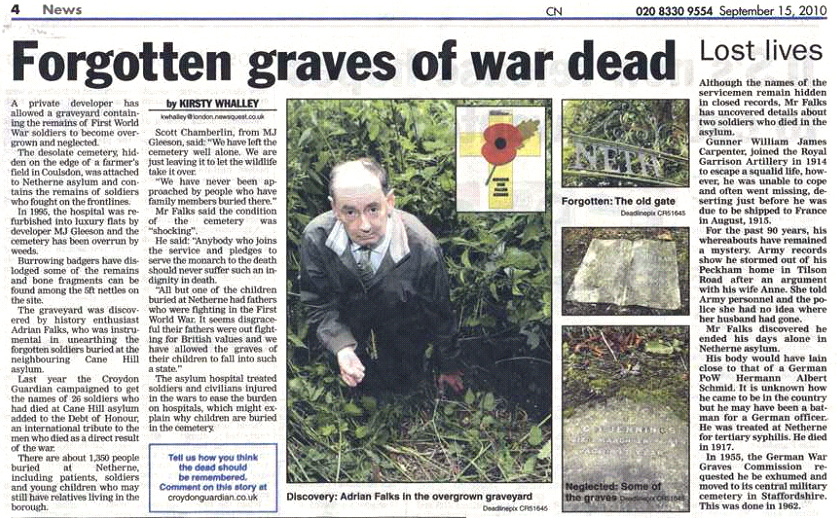
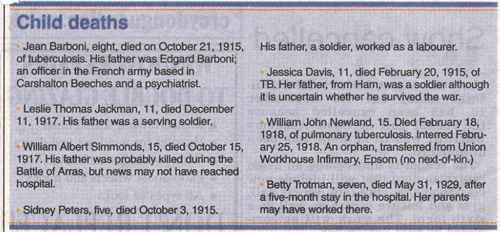
© Simon Cornwell 2011
|
|
Postscript 2013
"Some years ago I e-mailed you about the Netherne Cemetery being overgrown and inaccessible.
After the 5 years of campaigning Adrian Falkes and I have achieved, Netherne management has
now cleared the cemetery of brambles/weeds etc. my brother Brian and I met with Michelle Gallagher
of Netherne Management on June 5th and we went with her to view the cleared Cemetery.
Indeed it looks most barren. I am hoping Netherne management will now grass the cemetery
over and plant wild flowers and maybe a bench or two for reflection purposes and an accessible pathway
(as at the moment you have to walk around the farmer's field). I am in touch with Beatrice Day
from Australia as she also has a female relative buried in the cemetery. My relative was Mabel/Frances
Mortimer my late great aunt. She had epilepsy and died at the hospital in 1915 age 20.
I was wondering if you knew of any people that would help keep the cemetery tidy etc. I
will put a letter in the Croydon Guardian asking the same thing" - Wendy Mortimer




|
|
|
|
|